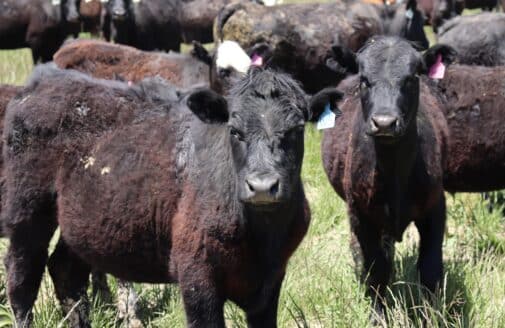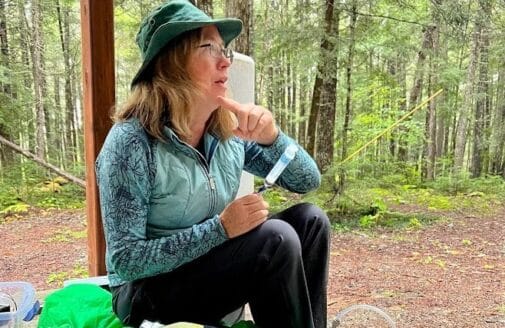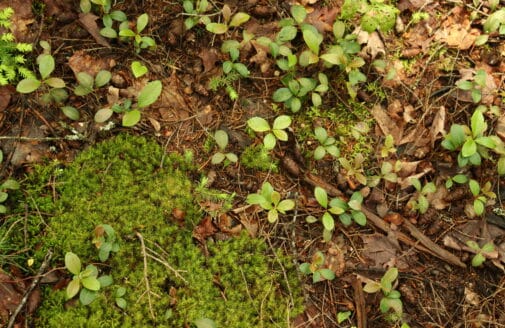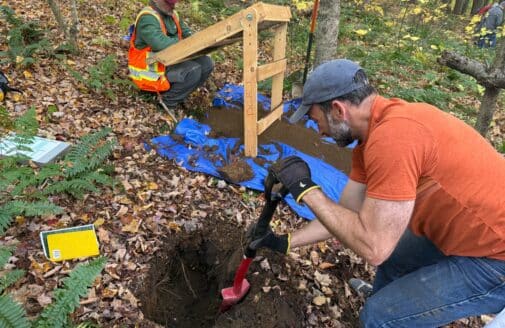Staff profile: Jonathan Sanderman
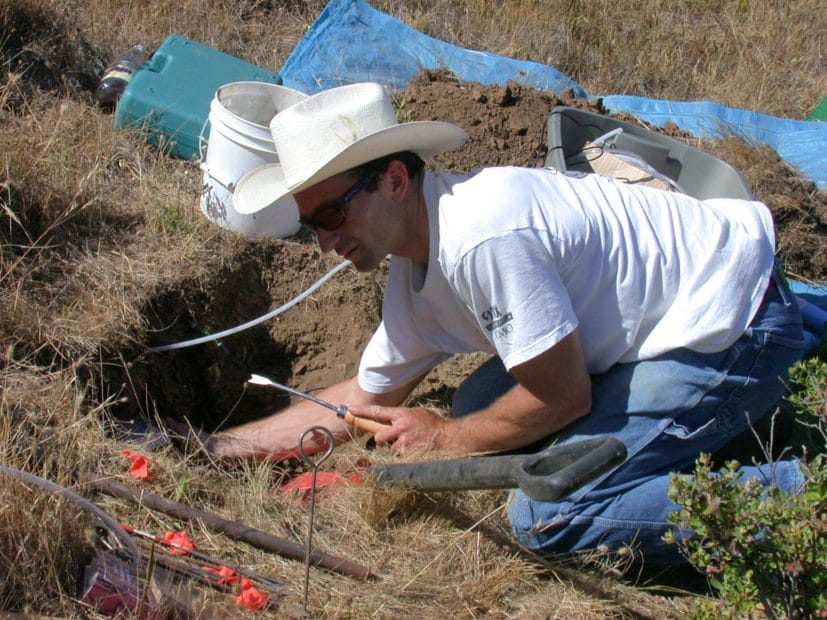
Dr. Jonathan Sanderman’s work focuses on the role of soils in climate change mitigation and sustainable food production. His research includes both place-based fieldwork and large-scale computer modeling. He currently is working on a global-scale soil climate mitigation strategy and investigating the delayed impact of natural climate solutions. He is a collaborator on the recently launched Soils Revealed platform, and leads Soil Spectroscopy for the Global Good, an effort to advance global soil carbon monitoring capacity.
Why did you pursue a career in science?
Math and physics were my favorite subjects in high school. I started college in an engineering program but Electricity & Magnetism scared me off. I settled into an Environmental Studies program where my eyes were opened to the many environmental problems facing humanity. For a while I thought I might go into environmental law or policy but then my quantitative side got the better of me and I settled into environmental science. I ended up doing my thesis looking at global change impacts on soils and I haven’t looked back.
What questions does your research aim to answer?
The soil is this incredibly complex zone of the Earth where atmosphere, biosphere and lithosphere connect—the so-called critical zone. Soils also sustain life as we know it. I study the mechanisms of carbon stabilization and loss from soils with studies ranging from molecular level investigations of organo-mineral bonding and microbial dynamics to global level analyses of land use impacts on soil carbon levels.
What projects are you working on now?
Much of my current work is focused on various aspects of using soils as a natural climate solution. Humanity has greatly run down soil carbon levels due to agricultural land uses. This soil carbon debt has created a great opportunity to remove carbon dioxide from the atmosphere and store it in soils. Improving soil carbon levels can also be a big boon to food security by building more resilient agricultural systems. We are asking questions such as: What is the soil carbon sequestration potential of different land use practices? Will future climate change prevent soils from storing more carbon? How do we develop a credible but low-cost monitoring, reporting and verification system for soil carbon?
What’s your biggest challenge or obstacle?
Data availability. Unlike forests, where remote sensing can provide globally detailed insights, soils are hidden from view and as such data on soil carbon levels are highly sporadic both in space and time. This greatly limits our ability to build models that can accurately forecast soil carbon change despite future soil carbon stocks being one of the greatest uncertainties in the global carbon budget. My research group has embraced infrared spectroscopy as a low-cost solution to greatly increasing the availability of soil data.
What brought you to Woodwell Climate?
Impact and scale. Woodwell is famous for its work at large spatial scales and I wanted to be able to expand from primarily place based research to large scale modeling and mapping. First and foremost, I was attracted to Woodwell’s focus on doing science that has an impact, where a peer-reviewed publication is not the end of a project; rather, a peer-reviewed paper is the beginning of a conversation.
What makes Woodwell Climate Research Center special in the scientific community?
The same thing that attracted me—the focus on ensuring our science has impact. Not only do we ask societally relevant questions, we partner with other not-for-profits, policy makers, and for-profit businesses to ensure that our findings move the needle on climate mitigation.
If you could work on any climate science topic outside your current research area, what would that be?
I’m an optimist by nature and I like working on soils and with the agricultural sector because there is a lot of hope and optimism that relatively simple shifts in agricultural management can simultaneously increase farm sustainability and mitigate climate change.
What’s your favorite climate-related creative work (book, movie, artwork, etc.)?
The new documentary, Kiss the Ground. What’s there not to like about Woody Harrelson talking about the power of soils to mitigate climate change?




